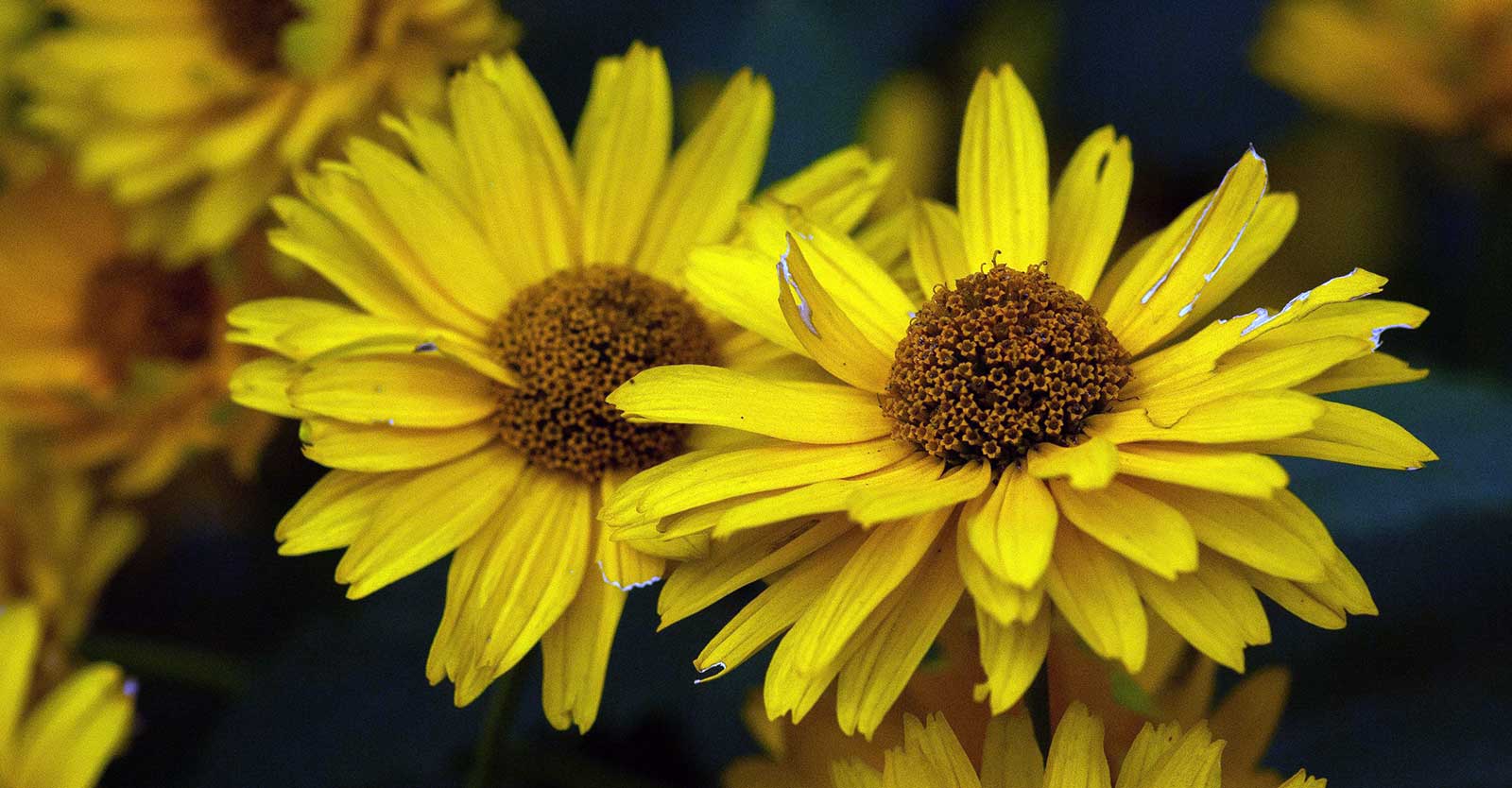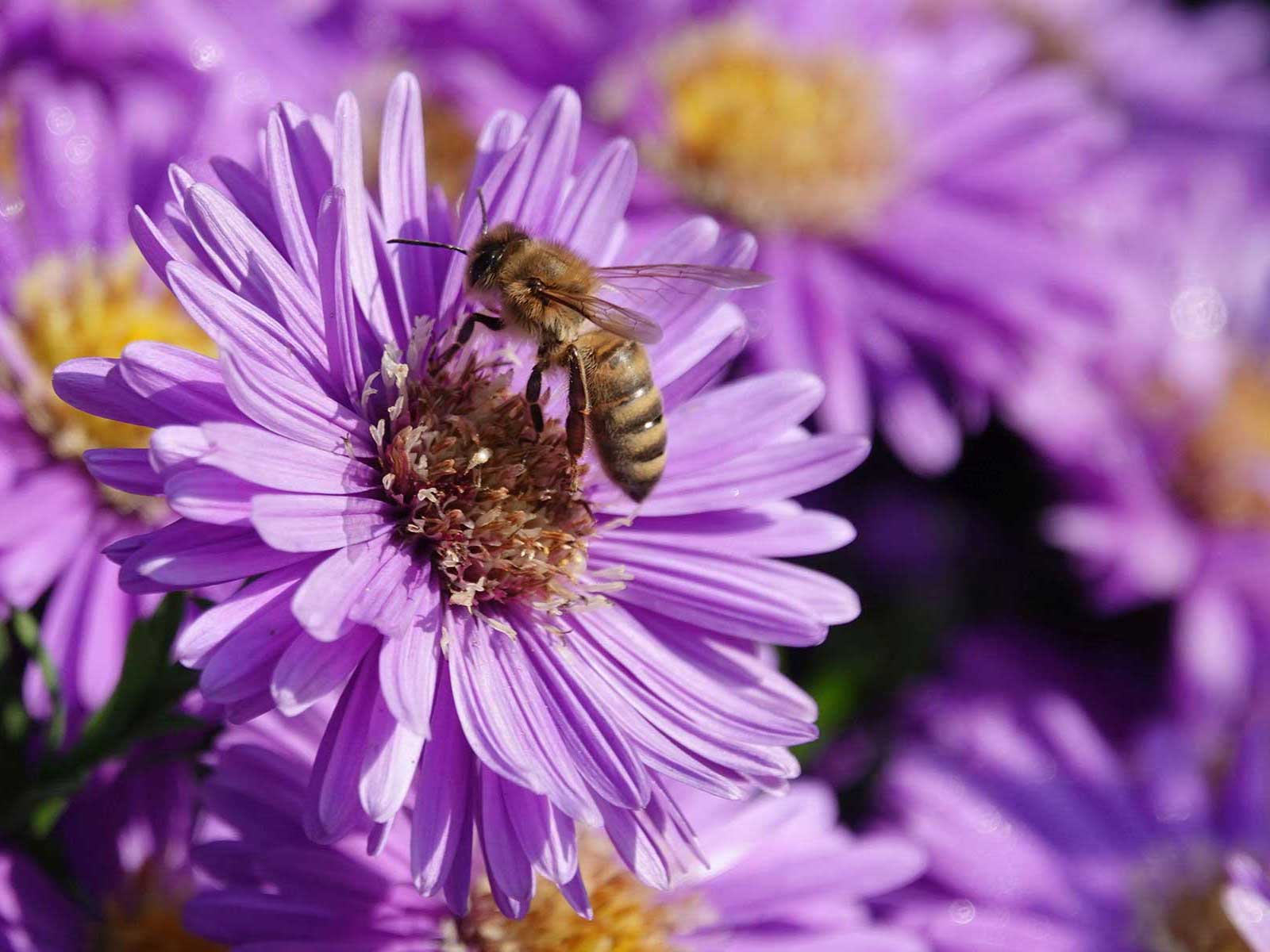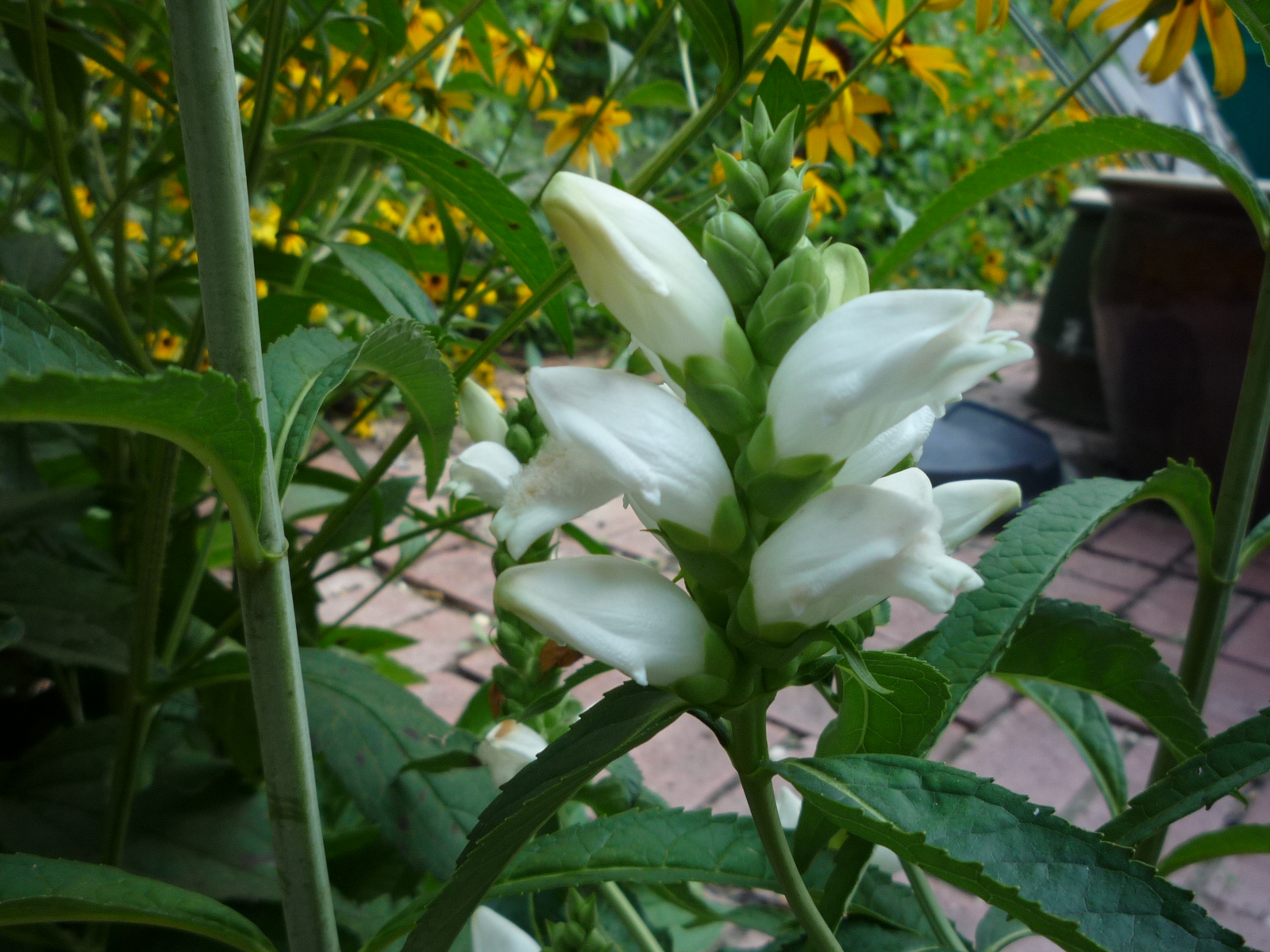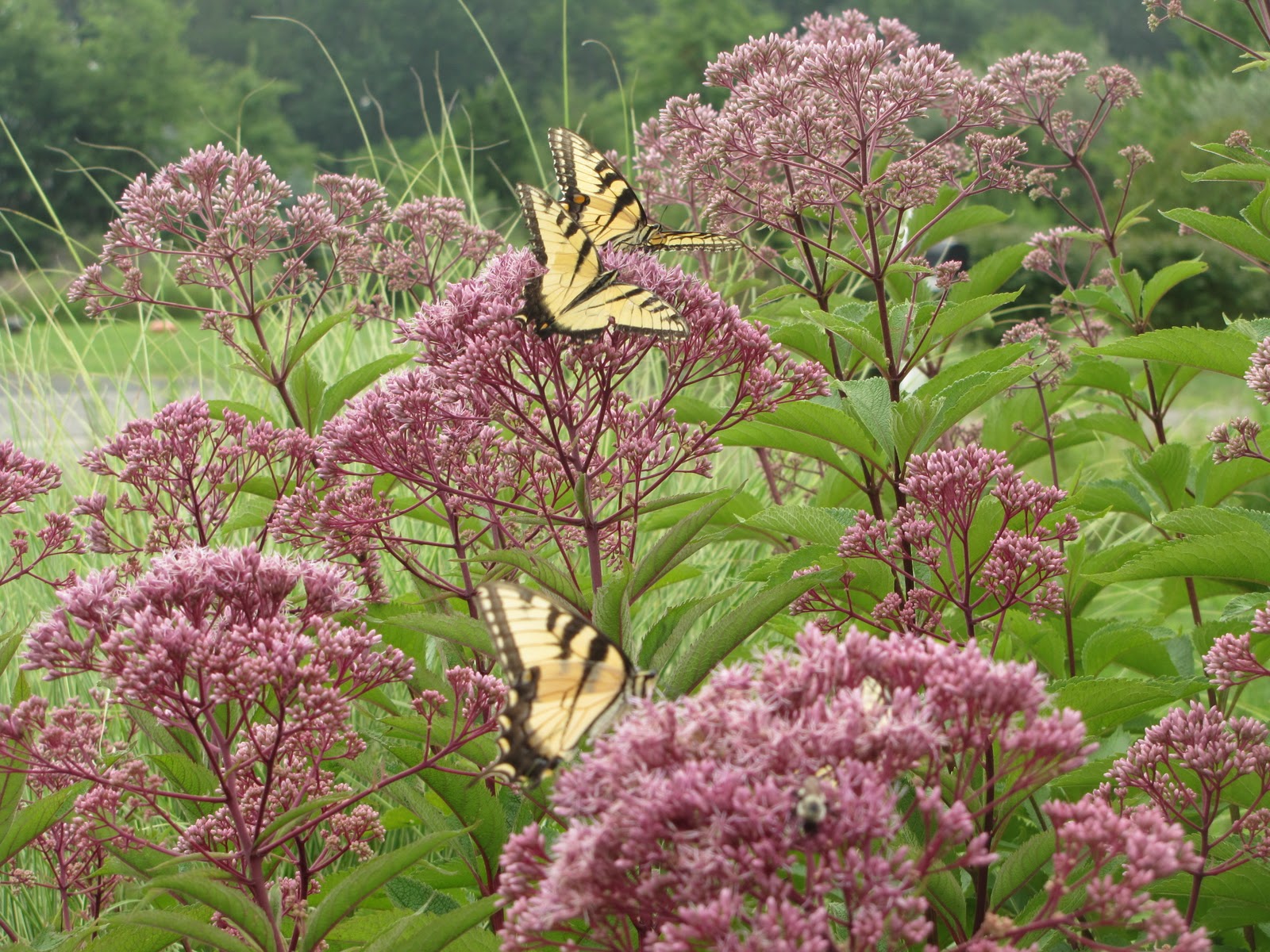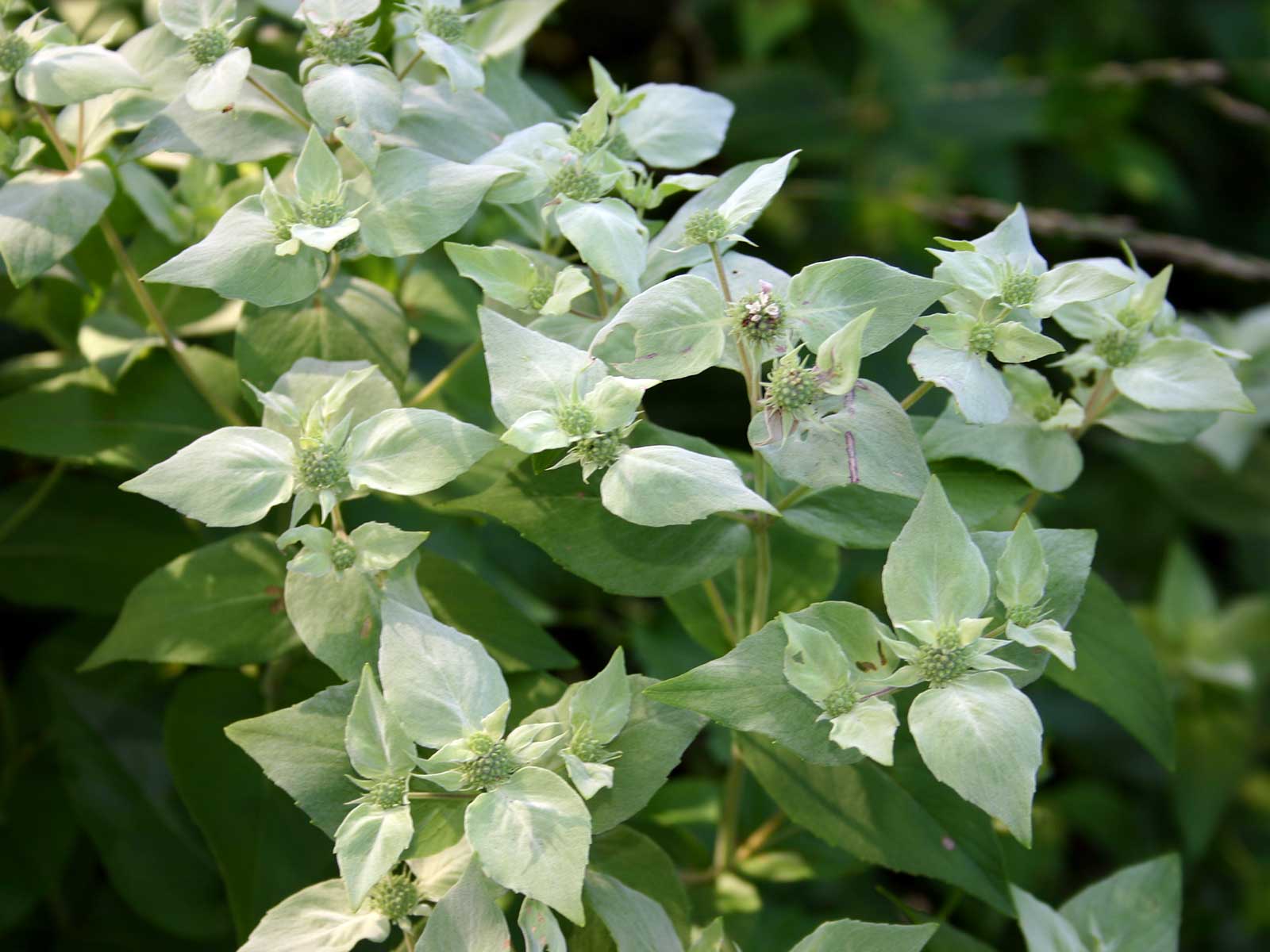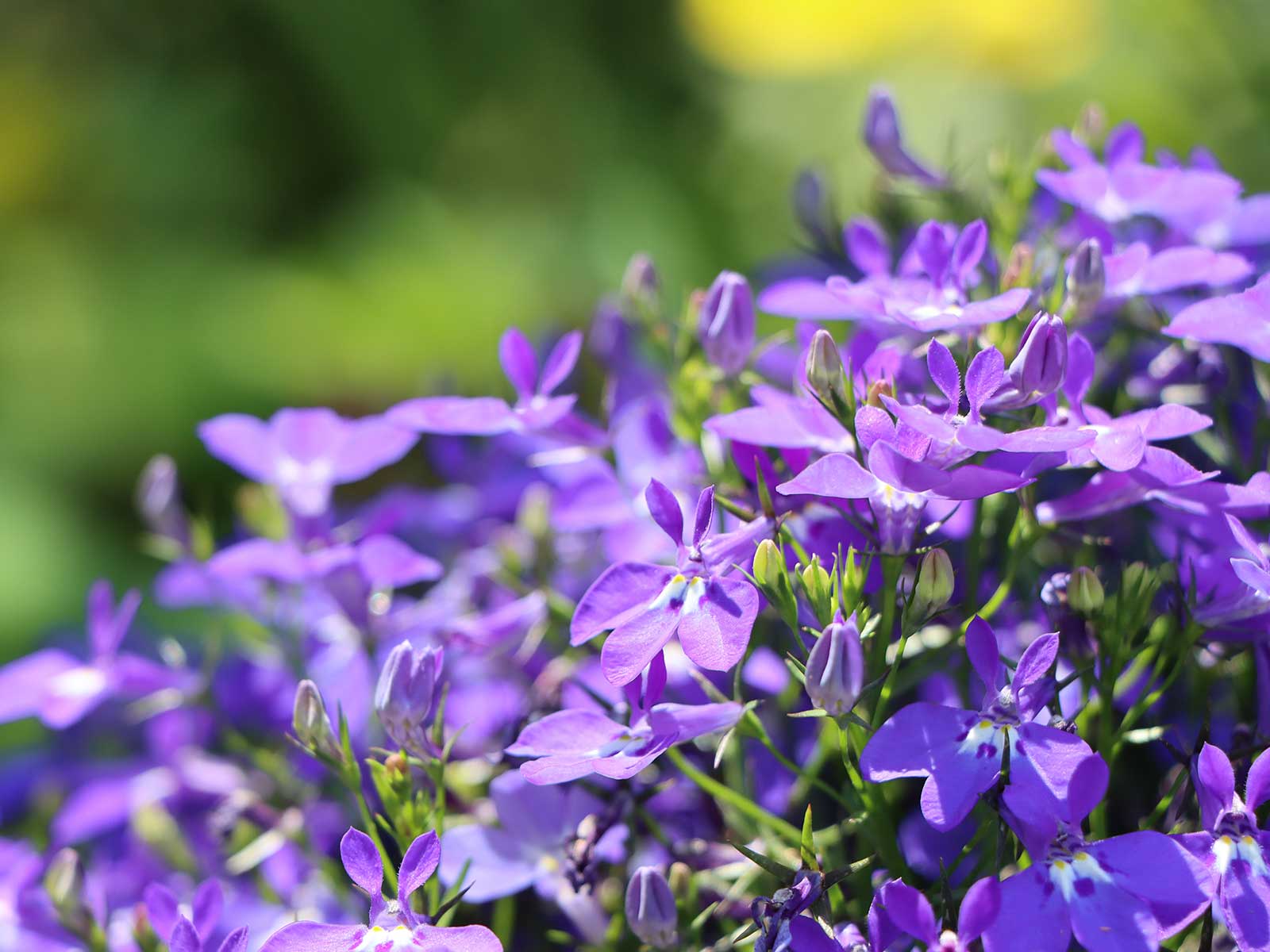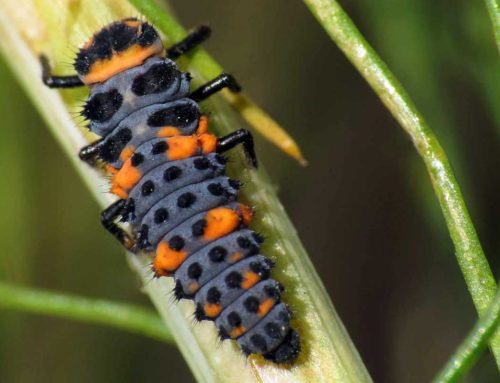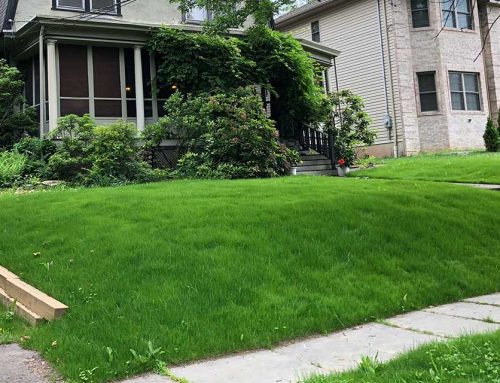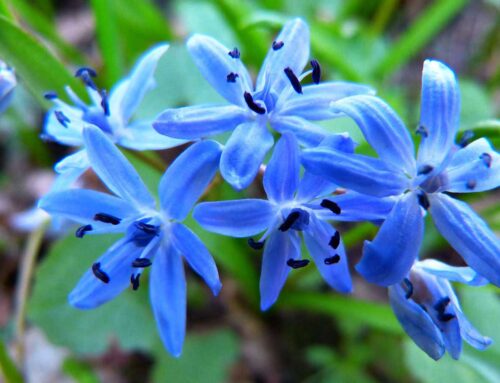Autumn Blooming Native Perennials
Sustainable Landscaping With Native Plants
“we humans have disrupted natural habitats in so many ways and in so many places that the future of our nation’s biodiversity is dim unless we start to share the places in which we live –our cities and, to an even greater extent, our suburbs — with the plants and animals that evolved there”
Pollinators need sustenance, i.e. pollen and nectar all season long. Within you will find a diverse selection of plants that offer support to pollinators well into fall. It always seems the growing season is short in comparison to the barren, long, gray days of winter. We want our colorful flowers to last as long as possible before surrendering our gardens to the first frost. Native perennials provide an array of flowers that bloom late into the growing season and support pollinators. Fall-blooming perennials provide much-needed pollen and nectar for the western honey bee (Apis mellifera) before winter. They also support pollinators whose life cycles begin later in summer or ones that migrate, like the monarch butterfly (Danaus plexippus) or ruby-throated hummingbird (Archilochus colubris).
Finding native perennials that bloom from late summer to fall can be more challenging a task than that of finding plants suited for spring or summer, when there is a explosion of color and a profusion of options in every garden center. However, there are a number of interesting perennials that feed pollinators and produce a pre-frost burst of color.
For Specific Perennial Information Click Appropriate Button
At Lincoln Landscaping cultivating the environment is our life and livelihood. It is our number one goal to help our clients create and maintain beautiful landscapes while reducing the impact on the environment. Whether you are interested in a pollinator landscape garden design and build or other landscaping or property management project; we can create for you an environmentally friendly, organic and beautiful property.
Lincoln Landscaping of Franklin Lakes offers complete
organic landscaping, lawn care, turf and property management services.
Lincoln Landscaping “The Natural Choice”
Mike Kolenut President & CEO
https://lincolnlandscapinginc.com
(201) 848-9699

